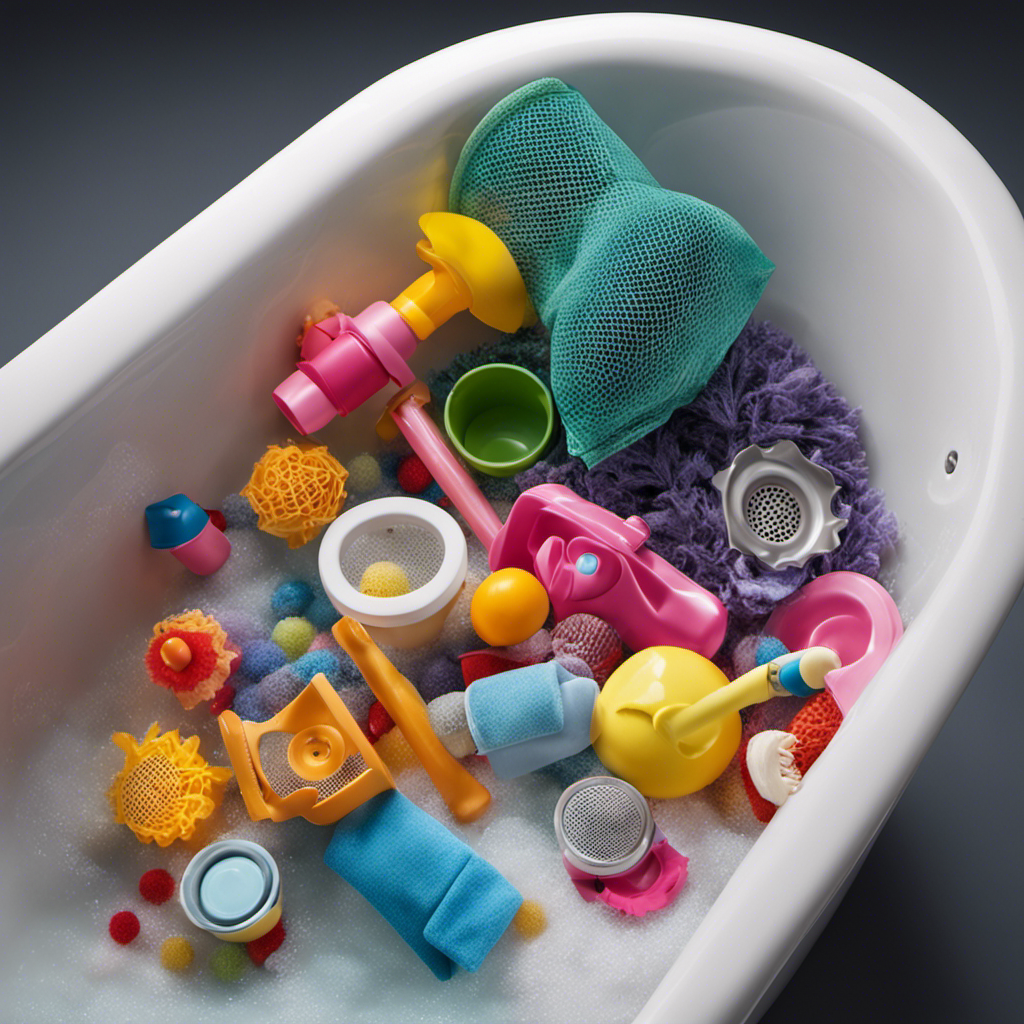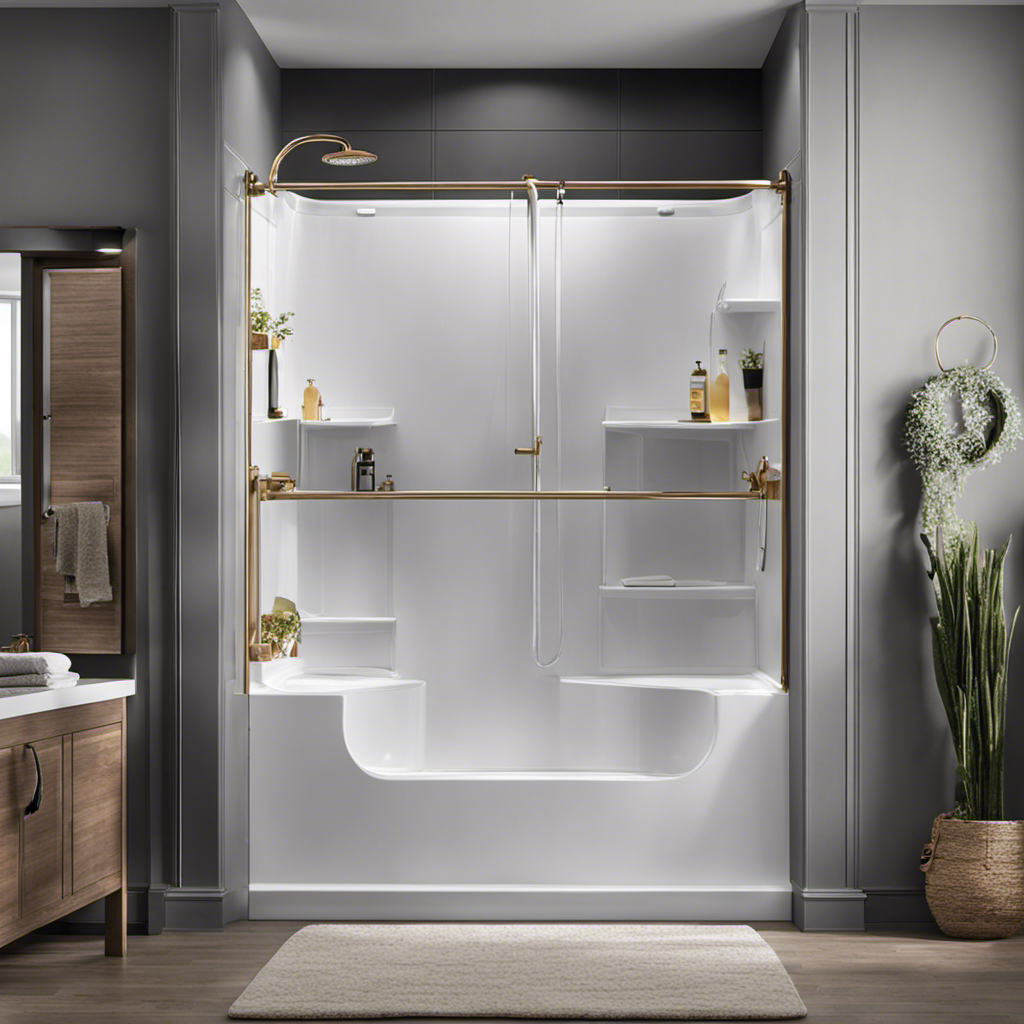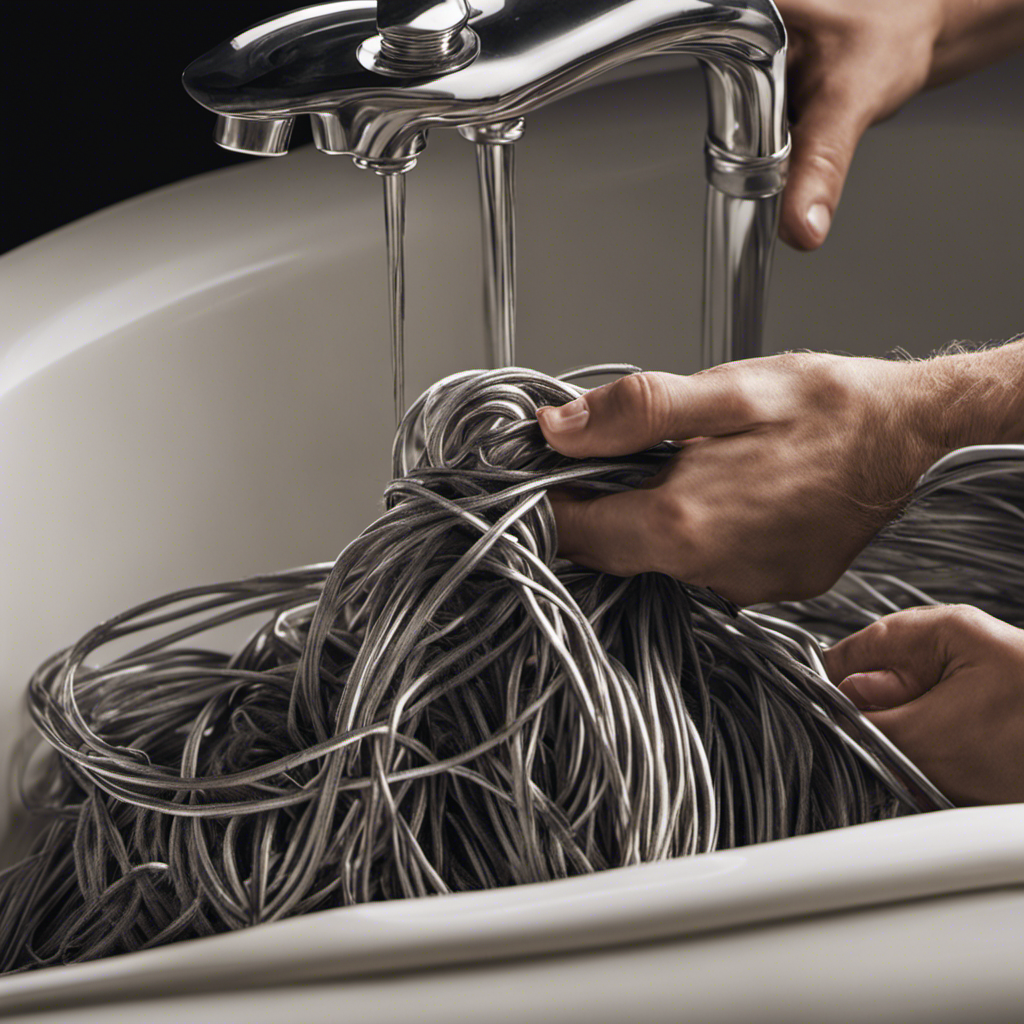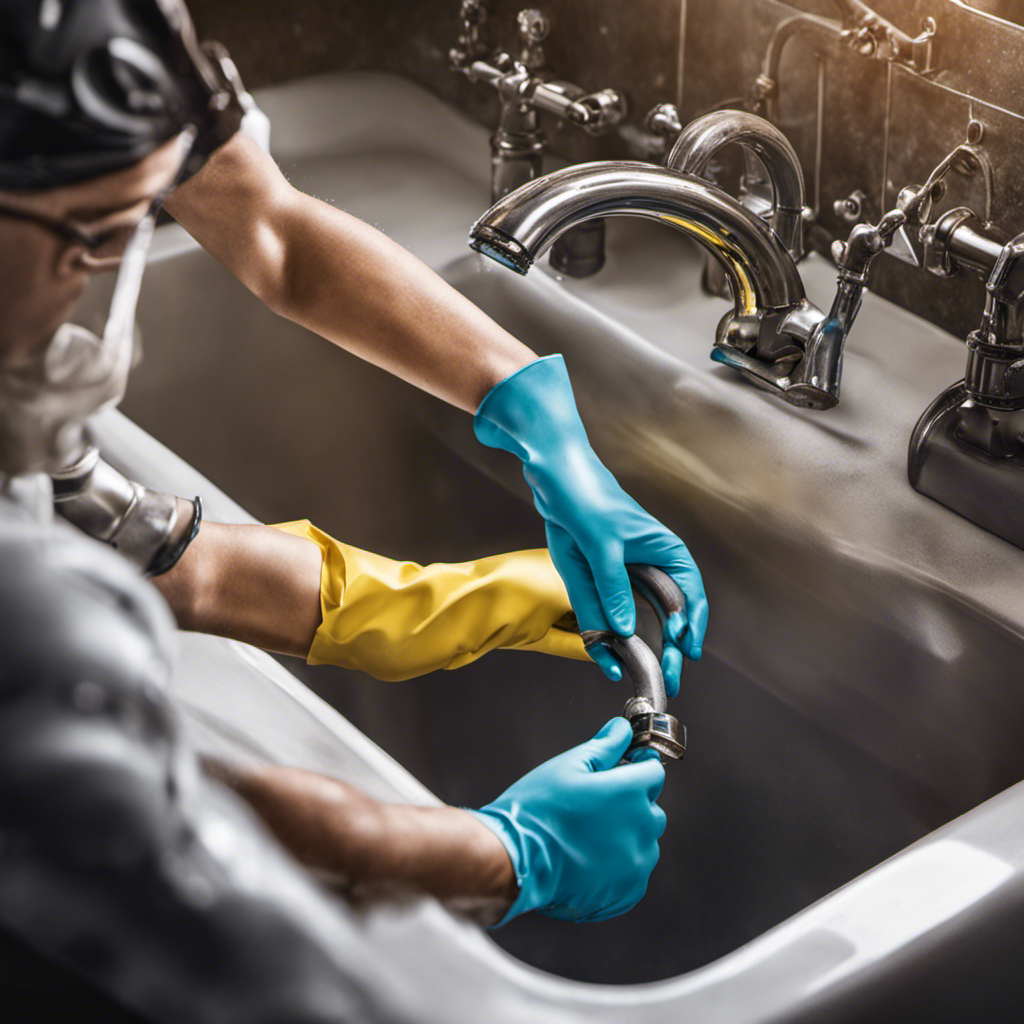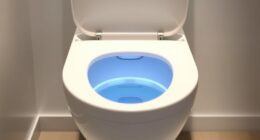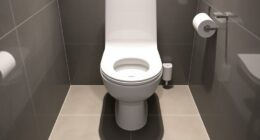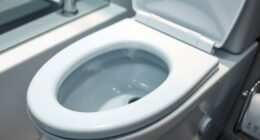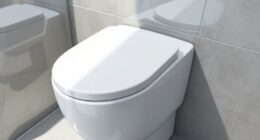I know what you’re thinking. ‘Why on earth would anyone need to know how to get poop out of a bathtub drain?’ Well, let me tell you, accidents happen.
Whether it’s a potty-training mishap or a plumbing problem, finding yourself in this situation can be quite unpleasant. But fear not, because I’m here to guide you through the process step-by-step.
With a few simple tools and some elbow grease, you’ll have that drain clear and fresh in no time.
Key Takeaways
- Clogged bathtub drains can be caused by hair buildup, soap scum, and residue.
- Regular cleaning with baking soda and vinegar can prevent soap scum buildup.
- Necessary tools for clearing clogged bathtub drains include a plunger, drain snake, rubber gloves, and a bucket.
- Steps for clearing surface debris include removing visible debris, scrubbing the area around the drain, and rinsing thoroughly with warm water.
Identifying the Problem
You need to figure out what’s causing the clog in your bathtub drain.
The most common cause of a clogged bathtub drain is hair buildup. Hair easily gets caught in the drain and over time, it accumulates and creates a blockage. To prevent this, you can use a drain cover or a hair catcher to trap the hair before it goes down the drain.
Another common cause is soap scum and residue. Soap can leave behind a sticky film that traps other debris and causes clogs. Regularly cleaning your drain with a mixture of baking soda and vinegar can help prevent soap scum buildup.
If these prevention methods don’t work, professional drain cleaning options such as snaking or hydro jetting can effectively remove the clog.
Gathering the Necessary Tools
To remove the blockage from the drain, start by gathering all the necessary tools. When dealing with clogged drains, it’s important to have the right equipment to ensure a successful unclogging process. Here are the tools you will need:
| Tools | Purpose |
|---|---|
| Plunger | Creates suction to dislodge blockage |
| Drain snake | Helps to reach and remove debris |
| Rubber gloves | Protects hands from bacteria and dirt |
| Bucket | Collects water and debris |
Before you begin, it’s essential to take some safety precautions. Make sure to wear rubber gloves to protect your hands from any bacteria or dirt that may be present in the drain. Additionally, always have a bucket nearby to catch any water or debris that may come out during the unclogging process. By gathering these tools and taking necessary safety precautions, you are ready to tackle the task of removing blockages from your drain.
Clearing the Surface Debris
Before starting, it’s important to clear the surface debris from the area around the drain. This will ensure that the natural remedies for removing stubborn stains can work effectively.
Here’s a step-by-step guide on how to clear the surface debris:
- Gather a pair of rubber gloves to protect your hands.
- Use a paper towel or disposable rag to remove any visible debris from the surface.
- Take a toothbrush or small scrub brush and dip it into a mixture of warm water and dish soap.
- Gently scrub the area around the drain, removing any remaining debris or residue.
- Rinse the area thoroughly with warm water to ensure all debris is removed.
Applying a Drain Cleaner
Once you’ve cleared the surface debris, it’s time to apply a drain cleaner to tackle those stubborn clogs. Using natural alternatives can be a safer and more environmentally friendly option.
One effective method is to mix equal parts of baking soda and vinegar. Start by pouring half a cup of baking soda down the drain, followed by half a cup of vinegar. Let the mixture sit for about 30 minutes to allow it to break down the clog. Then, flush the drain with hot water to clear away any remaining debris.
If the clog persists or if you prefer not to use natural alternatives, seeking professional help from a plumber is always a good idea. They have the expertise and proper tools to handle even the toughest clogs.
Flushing and Preventing Future Clogs
After clearing the clog, you can prevent future clogs by using a drain strainer to catch any debris that may go down the drain.
Here are some effective home remedies for unclogging bathtub drains and understanding the common causes of bathtub drain clogs:
- Pour boiling water down the drain to dissolve any grease or soap buildup.
- Use a mixture of baking soda and vinegar to create a natural and powerful drain cleaner.
- Use a plunger to create suction and dislodge any stubborn clogs.
- Remove the overflow plate and clean out any hair or debris that may be causing the clog.
- Avoid pouring grease or oil down the drain, as it can solidify and cause blockages.
Conclusion
In conclusion, dealing with a bathtub drain clogged with poop may seem like a daunting task, but with the right tools and steps, it can be resolved effectively.
By identifying the problem, gathering the necessary tools, clearing the surface debris, applying a drain cleaner, and flushing the drain, you can get your bathtub back in working order.
Remember to take preventive measures to avoid future clogs. For instance, a hypothetical case study of a parent who dealt with this issue found that using a drain strainer and regularly cleaning it prevented any further incidents.
